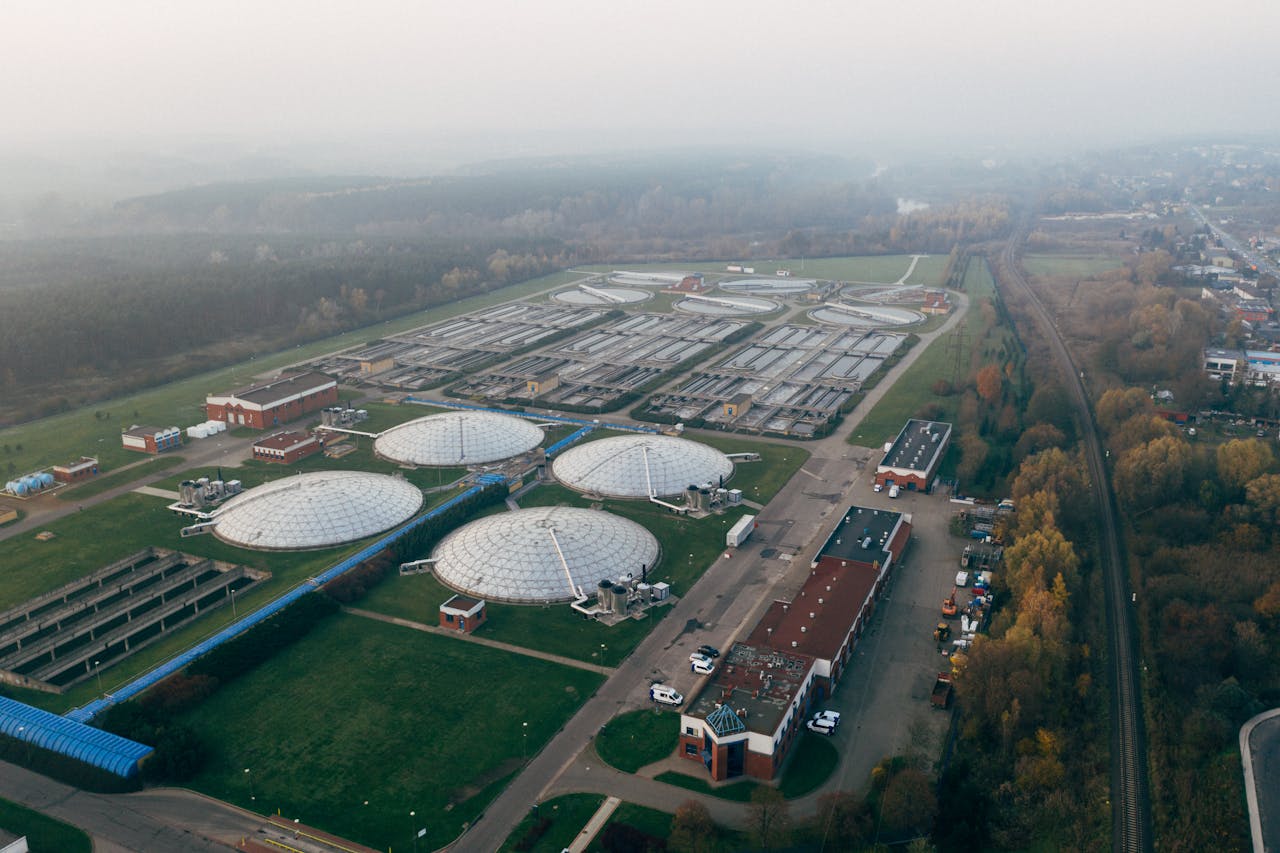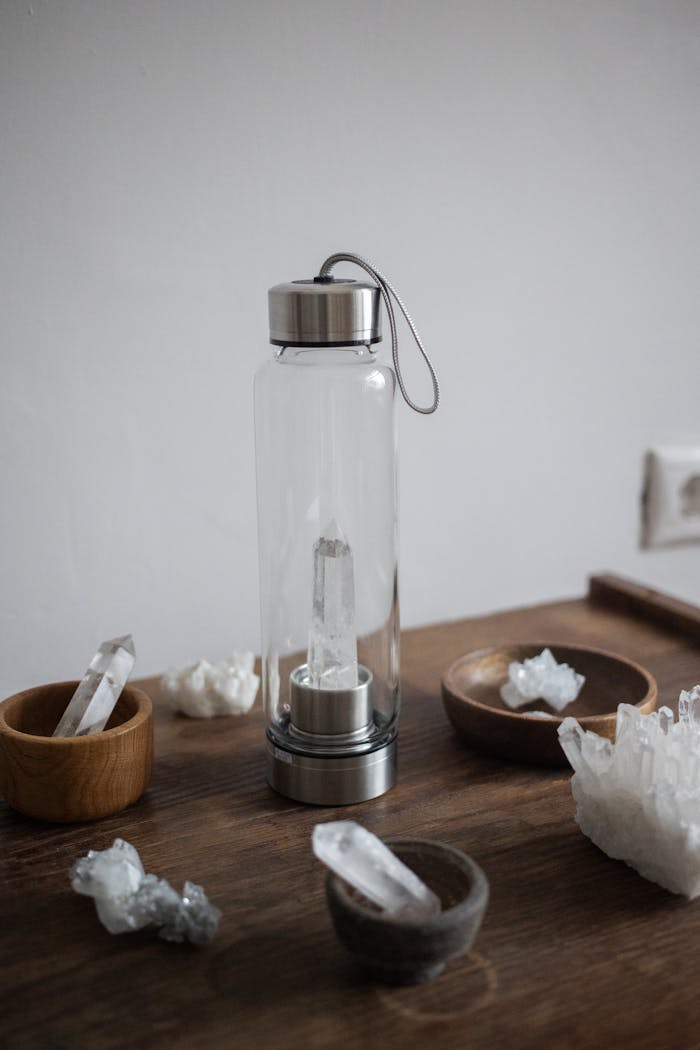Introduction:
In an increasingly competitive industrial environment, reducing costs without sacrificing quality is a priority. Water purification systems, traditionally seen as a fixed cost, have become a strategic lever to optimize operations. This article explores how technologies such as reverse osmosis (RO) with IoT and modular nanofiltration can generate significant savings, backed by case studies and concrete data.
Common Challenges in Industrial Plants:
High energy consumption: obsolete pumps and systems driving up electricity bills. Chemical waste: Treatment costs and environmental risks due to excessive use of antiscalants or disinfectants. Unplanned shutdowns: Membrane or sensor failures that stop production lines.
Key Technology Solutions:
RO Systems with Intelligent Monitoring: IoT sensors measure pressure, flow and TDS (total dissolved solids) in real time, automatically adjusting performance to reduce energy by up to 35%.
Example: A textile mill in India reduced its electricity consumption from 8.2 kWh/m³ to 5.3 kWh/m³ after installing our variable frequency drives (VFD) pumps.
Wastewater Recovery:
Closed-loop technologies allow reuse of up to 90% of wash water in secondary processes, decreasing dependence on external sources. Case: A bottling plant in Mexico saved $150,000 USD per year by treating and reusing 2 million liters/month of effluent.



